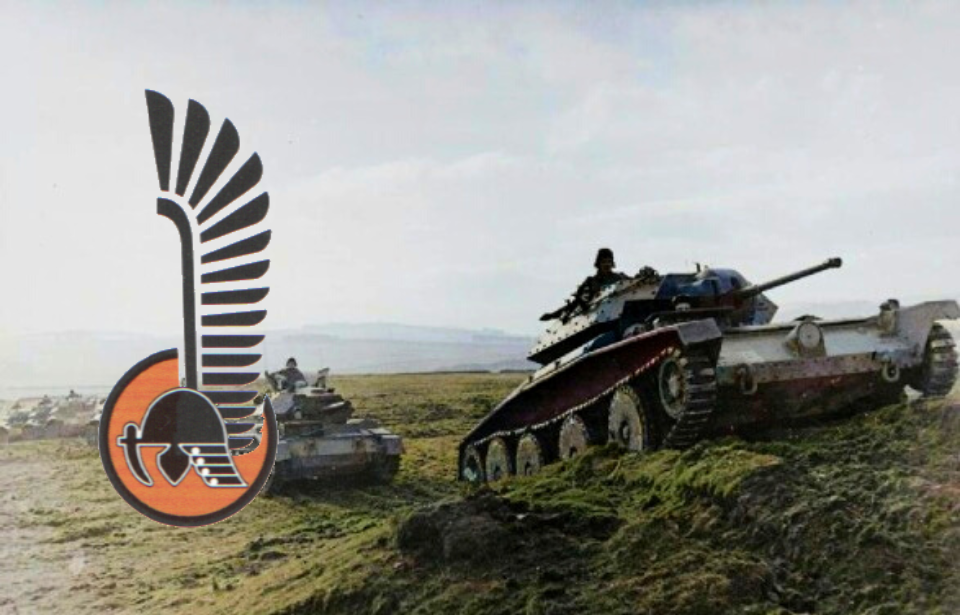The Polish 1st Armoured Division’s beginnings in Scotland
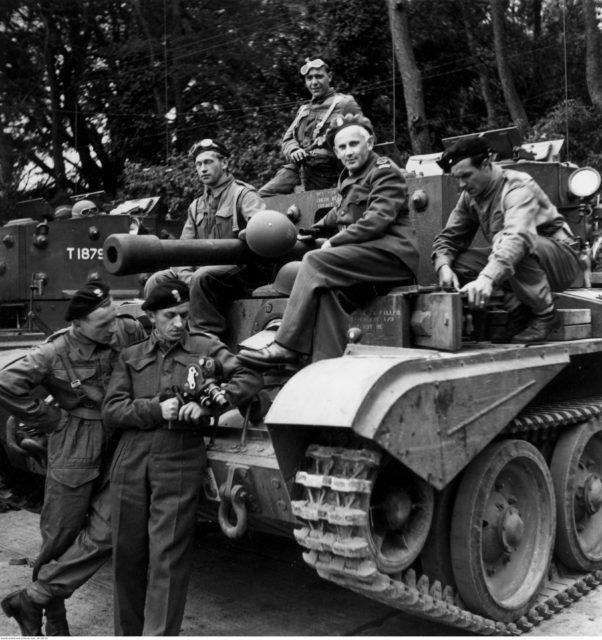
After the fall of Poland in 1939, thousands of soldiers fled to Hungary before being driven into France by the Germans’ advance westward. When Germany took control of France, these troops sought safety in the United Kingdom. General Władysław Sikorski, Commander-in-Chief of the Polish Armed Forces, was determined to establish the Polish I Corps in Britain and began advocating for its formation in November 1941.
It wasn’t until February 1942 that the Polish 1st Armoured Division was established. Stationed in Scotland, the division included the 10th Armoured Cavalry and 3rd Infantry Brigades, led by Major General Stanisław Maczek. Although the division was initially poorly staffed and equipped, its soldiers were among the most experienced in Britain at that time.
The division was transferred to England in 1943

While stationed in Scotland, the Polish I Corps guarded the British coast. They initially trained with Crusader tanks, but switched to M4 Shermans and Cromwells upon transferring to the south of England in the summer of 1943. During this time, membership steadily grew, with 15,210 soldiers, 885 officers and 381 tanks making up the division by July 1944.
The amount of soldiers later peaked at around 18,000.
Operation Totalize
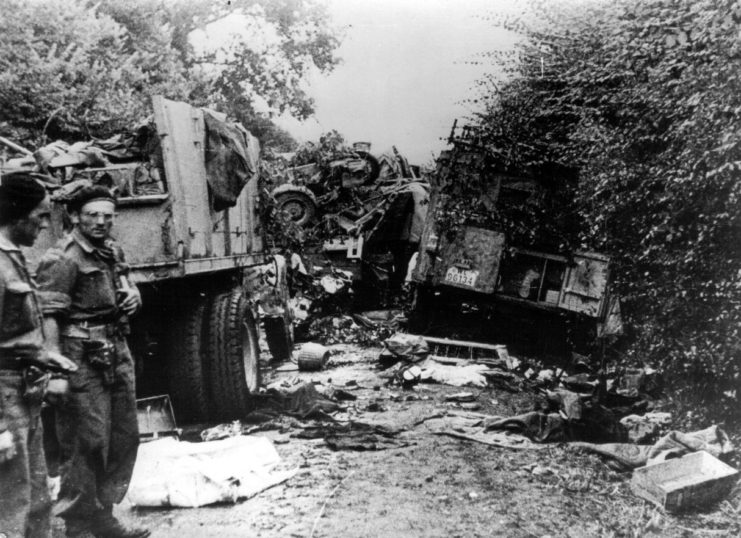
Reinforced and restructured, the Polish 1st Armoured Division was redeployed to Normandy and placed under the command of the 21st Army Group within the First Canadian Army. Their mission was to support Operation Totalize, entering the offensive’s combat phase on August 8, 1944.
The aim was to penetrate the German defenses in the south and sever the 7th Army’s link to the west of the Seine. This mission was to be carried out in two phases. Initially, the Canadians would advance along the Caen-Falaise Road, while the Polish 1st Armoured Division would secure the road’s right flank and clear out the villages in the second phase.
Despite enduring 44 casualties from friendly fire by US-operated Boeing B-17 Flying Fortresses, the Polish forces pressed on with their advance. Stanisław Maczek led the charge with the 10th Armoured Cavalry Brigade, supported by the 3rd Infantry Brigade on the left flank. When the Germans mounted a counterattack, he skillfully rotated different units to avoid excessive losses for any single group.
Serving as the cork in the ‘Falaise Pocket’
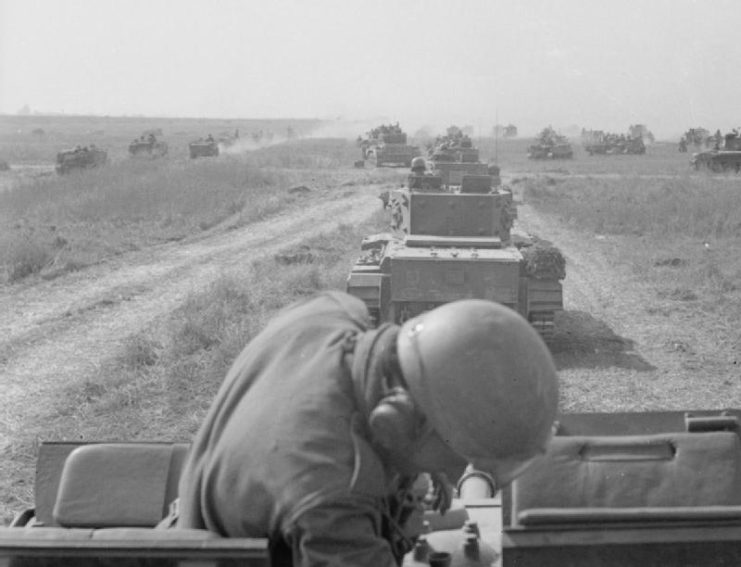
As the Germans fought back, an opportunity presented itself to the Allies. With the Canadians pushing south, the Americans began their push north, ultimately lining up with the former. This trapped the German 7th Army, with the Polish 1st Armoured Division acting as “the cork of the bottle” that surrounded the remainder of the enemy troops and prevented their escape.
This was called the Falaise Pocket, and it began on August 12, 1944.
After the Canadian and American forces took their positions, the division closed the pocket on August 19. Unfortunately, they took the brunt of the Germans’ desperate counterattack, with 446 soldiers killed, 1,501 wounded and 150 deemed missing in action (MIA). Despite this, they managed to capture 3,500 prisoners of war (POWs). They also secured or destroyed 55 tanks.
The Polish 1st Armoured Division fought throughout Europe
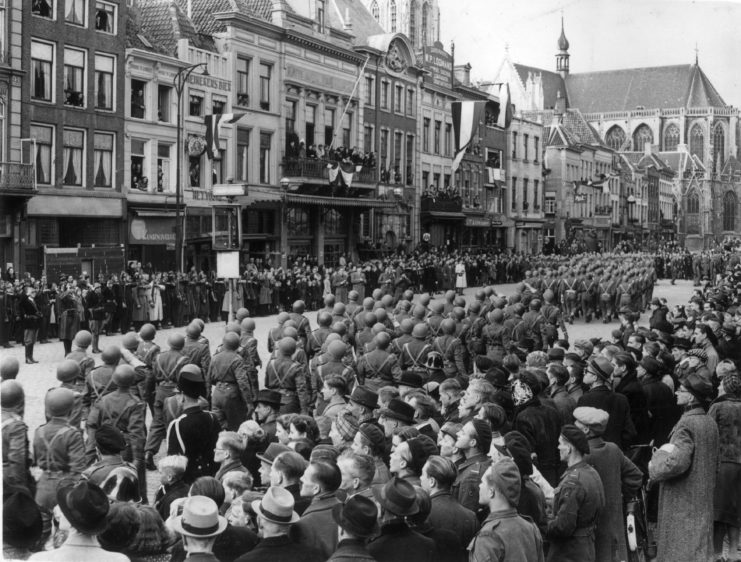
Once they’d completed their work in Normandy, the Polish 1st Armoured Division followed the Germans to Belgium. There, they helped liberate a number of towns, including Ypres, Saint-Omer, Oostnieuwkerke, Ghent, Ruiselede, Roeselare and Tielt. After this, they moved to the Netherlands and aided in the liberation of the eastern parts of Drenthe and Groningen.
By April 1945, the division was fighting in Germany. They entered Emsland, and by early May had captured the Kriegsmarine base at Wilhelmshaven. There, the German commanders capitulated.
Want War History Online‘s content sent directly to your inbox? Sign up for our newsletter here!
Following the close of the Second World War, the Polish 1st Armoured Division remained in Germany for occupational duties, before being disbanded in 1947. Over the course of the conflict, they lost a total of 975 soldiers. Following the disbandment, the soldiers had the option to return to Poland. By this time, however, the country had fallen under Soviet control, leading many to opt to remain in exile in other parts of Europe.
